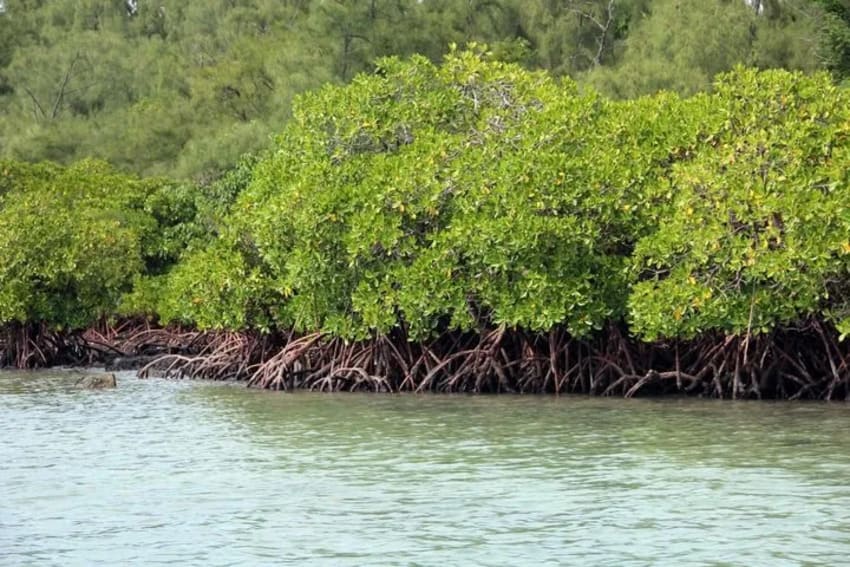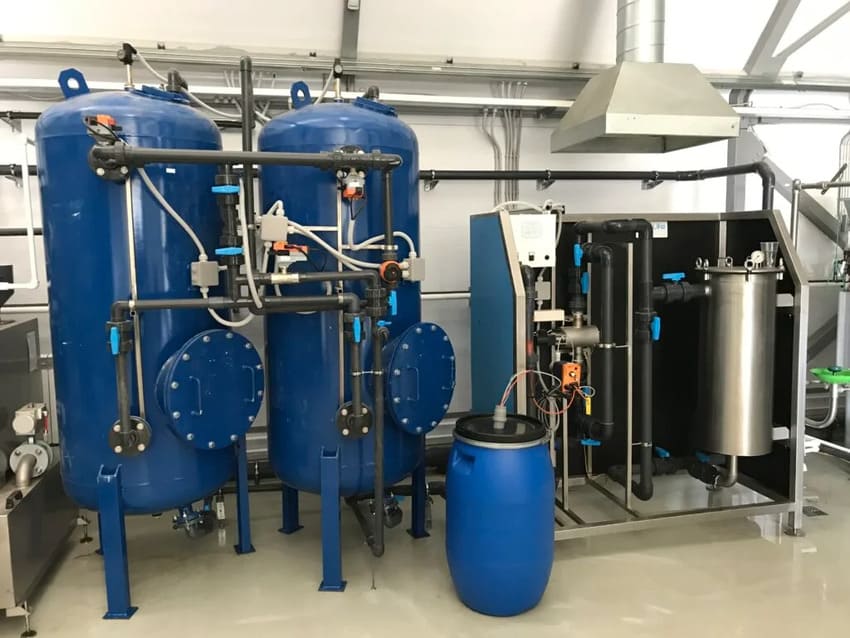Environment Science and technology
9
There is a thriving ecosystem in a large cavern beneath a West Antarctic glacier.
- Rating
- antarctica
- ice
- zealand
- lakes
- coastline
- ocean
- inland
- icy
- oceanographer
It's hard to picture a coastline on the Kamb Ice Stream in West Antarctica. At this vantage point, 800 kilometres from the South Pole, the horizon consists entirely of a flat expanse of ice. Floating in the water, the ice is hundreds of km long and up to 700 metres thick. On sunny summer days, the ice can cause sunburn in your nasal passages due to its intense reflection of the sun's rays. Incredibly, a murky tidal marsh and a gurgling river can be found beneath this sheet of ice, both of which go to the ocean.
No one, until quite recently, had ever seen that hidden landscape. Scientists had only speculated about its existence based on very weak radar and seismic wave reflections. New Zealand scientists drilled a tiny hole in the glacier's ice in the year's last days so they could lower a camera within. They believed the river had carved a path up into the ice, creating a gigantic water-filled depression nearly as tall as the Empire State Building and half as long as Manhattan, and they hoped their hole would intersect with it. On December 29th, Craig Stevens was granted entry for the first time. He will never forget that particular instant.
In Wellington, New Zealand, Stevens works as a physical oceanographer for the National Institute of Water and Atmospheric Research. For 90 of that day's most tense minutes, he hid his head under his down jacket like an ostrich so that the Antarctic sun wouldn't shine on his computer screen. There he watched the camera's live feed as it plunged into the abyss. Like a cosmic tunnel, icy round walls slid by. The walls suddenly broadened at a depth of 502 metres.
Stevens yelled at a coworker to stop the camera's winch descent. As the camera turned aimlessly on its cord, he stared at the monitor. A canopy of glacier ice, scalloped into fine crests and waves, was illuminated by its powerful floodlights. It looked like the ethereal undulations that a limestone cave might develop over thousands of years.
Stevens likens it to "the inside of a cathedral." A massive and aesthetically stunning cathedral. After restarting the winch, the camera descended to a depth of 242 metres in the dark. The currents mixed up bits of reflecting silt, which then fell back down like snowflakes through the blackness of space.
It took Stevens and his team two weeks to lower their instruments into the vacuum. From what they could see, this coastal river had melted a huge hole with high walls that extended up to 350 metres into the underlying ice. With each passing year, the tunnel appears to bore further inland, further upstream, through the ice sheet, increasing its length to at least 10 kilometres.
Subglacial rivers and lakes reach hundreds of kilometres inland from here in West Antarctica, and this hollow provides researchers with a view into this system. It's an alien landscape that people have barely scratched the surface of, and it's full of relics from Antarctica's warmer, more distant past, when it was home to a few spindly trees.
Leave a Reply
Your email address will not be published. Required fields are marked *


